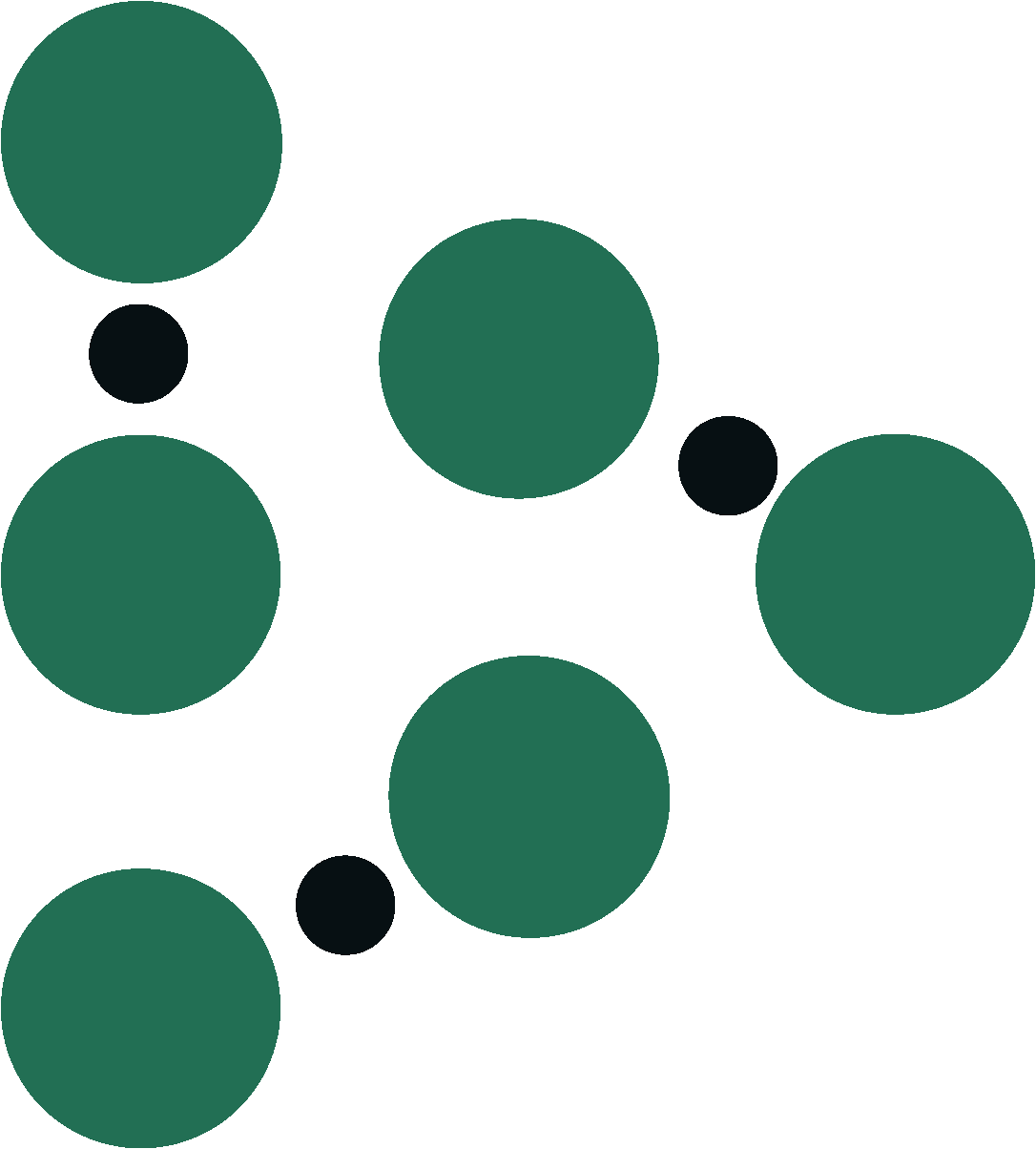How the USDA Can Help You Pay for New Equipment
Did you know that the USDA’s Natural Resources Conservation Service (NRCS) has several programs in place to help farmers pay for and implement conservation practices? Applications are taken year round, but there are deadlines to receive funding for the current year - some of which are in the next couple of weeks! Keep reading to find out the upcoming deadline in your state.
What is EQIP?
The Environmental Quality Incentives Program (EQIP) is one program that provides financial and technical assistance to farmers wanting to improve natural resource management. Our soil moisture sensors, weathers stations, and intelligence platform are all products that are covered by this program!
As part of the program, the NRCS will help you develop a conservation plan that works for you and your farm. That plan will become the basis of the EQIP contract.
P.S. If you’d like to learn about other NRCS programs and ways the USDA can help you adopt conservation practices, check out our other blog post here
How To Apply
First, make sure that you are an eligible applicant.
To qualify, you must:
Be an agricultural producer, owner of non-industrial private forestland, Indian tribe, or have an interest in the agricultural or forestry operations
Control or own eligible land
Cropland and Hayland
Rangeland
Pastureland
Non-industrial private forestland
Other farm or ranch lands
Environmentally sensitive areas
Meet adjusted gross income (AGI) and payment limitation provisions
Be in compliance with highly erodible land and wetland conservation requirements
If you meet the requirements, you are ready to apply! We’re happy to help you through the process. Just fill out the form below and we’ll be in touch about the next steps.
Applicants are ranked according to several factors, including the environmental benefits and the cost effectiveness of their proposal.
Applications are taken year round, but there are deadlines to receive funding for the current year. Check the links below to see more details about your state.
Deadlines and Links to More Information
Alabama: February 28
Alaska: March 13
Arizona: April 3
Arkansas: February 28
California: March 7
Colorado: Unknown
Connecticut: Unknown
Delaware: February 21
Florida: March 6
Georgia: February 28
Hawaii: Unknown
Idaho: Unknown
Illinois: Unknown
Indiana: Unknown
Iowa: Unknown
Kansas: March 2
Kentucky: March 6
Louisiana: March 6
Maine: Unknown
Maryland: Unknown
Massachusetts: Unknown
Michigan: March 20
Minnesota: March 13
Mississippi: March 6
Missouri: March 30
Montana: March 13
Nebraska: March 13
Nevada: Unknown
New Hampshire: Unknown
New Jersey: Unknown
New Mexico: Unknown
New York: Unknown
North Carolina: March 6
North Dakota: Unknown
Ohio: March 20
Oklahoma: Unknown
Oregon: Unknown
Pennsylvania: Unknown
Puerto Rico: Unknown
Rhode Island: Unknown
South Carolina: February 28
South Dakota: March 20
Tennessee - March 6
Texas: April 3
Utah: Unknown
Vermont: March 5
Virginia: February 28
Washington: Unknown
West Virginia: Unknown
Wisconsin: February 28
Wyoming: Unknown

